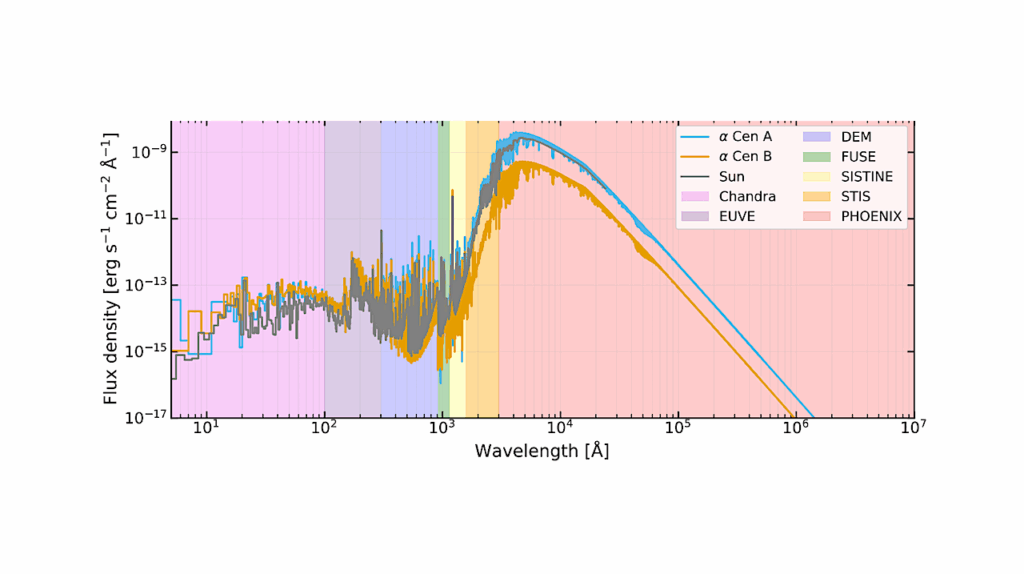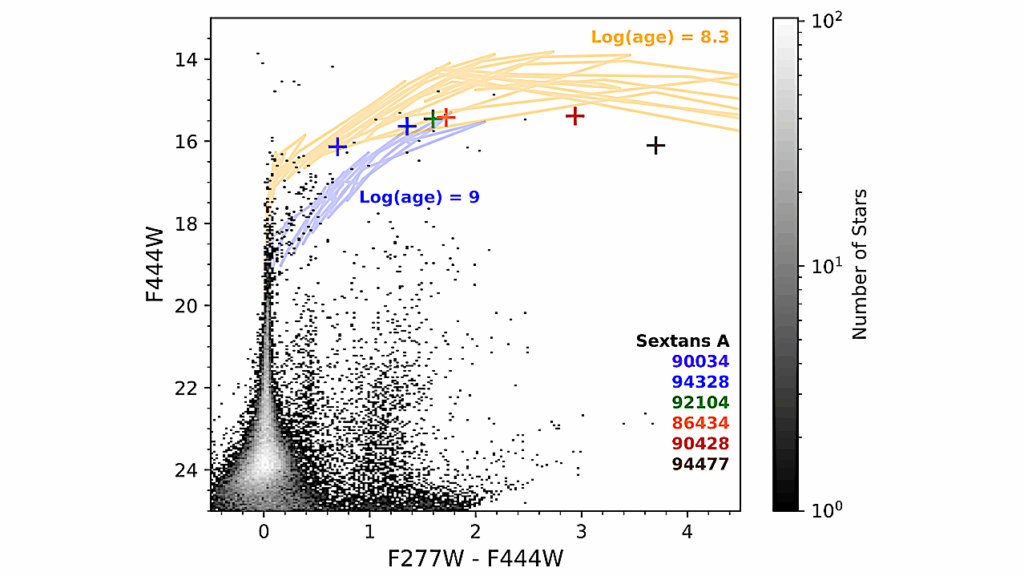Global Dynamics And Architecture Of The Kepler-444 System

Segment-level wavefront tolerance maps required to maintain a mean dark hole contrast of 10−11 for the narrow-angle APLC at a wavelength of 500 nm. Each segment shows the limit of its surface deformation it can withstand while maintaining the desired contrast. Outer-ring segments are covered more by the APLC apodizer than segments on the inner rings, therefore they have looser tolerance requirements.
S-type planets, which orbit one component of multiple-star systems, place strong constraints on the planet formation and evolution models. A notable case study is Kepler-444, a triple-star system whose primary is orbited by five planets smaller than Venus in a compact configuration, and for which the stellar binary companion revolves around the primary on a highly eccentric orbit.
Having access to the most precise up-to-date masses and orbital parameters is highly valuable to understand formation and evolution processes. We provide the first full dynamical exploration of this system, with the goal to refine those parameters.
The planetary system does not appear in any of low-order two or three-planet mean-motion resonances (MMR). We provide the most precise up-to-date dynamical parameters for the planets and the stellar binary companion, using an approach that makes use of the Numerical Analysis of Fundamental Frequencies (NAFF) fast chaos indicator.
The orbit of the latter is constrained by new observations from HIRES and Gaia, and also by the stability analysis. This update further challenges the planets formation processes. We also test the dynamical plausibility of a sixth planet in the system, following hints observed in the Hubble Space Telescope (HST) data.
We find that this putative planet could exist over a broad range of masses, and with an orbital period roughly comprised between 12 and 20 days. We note an overall good agreement of the system with short-term orbital stability. This suggests that a diverse range of planetary system architectures could be found in multiple-star systems, potentially further challenging the planet formation models.
M. Stalport, E. C. Matthews, V. Bourrier, A. Leleu, J.-B. Delisle, S. Udry
Comments: 13 pages, 9 figures. Accepted for publication in A&A
Subjects: Earth and Planetary Astrophysics (astro-ph.EP)
Cite as: arXiv:2209.06810 [astro-ph.EP](or arXiv:2209.06810v1 [astro-ph.EP] for this version)
Submission history
From: Manu Stalport
[v1] Wed, 14 Sep 2022 17:51:17 UTC (2,930 KB)
https://arxiv.org/abs/2209.06810
Astrobiology,








